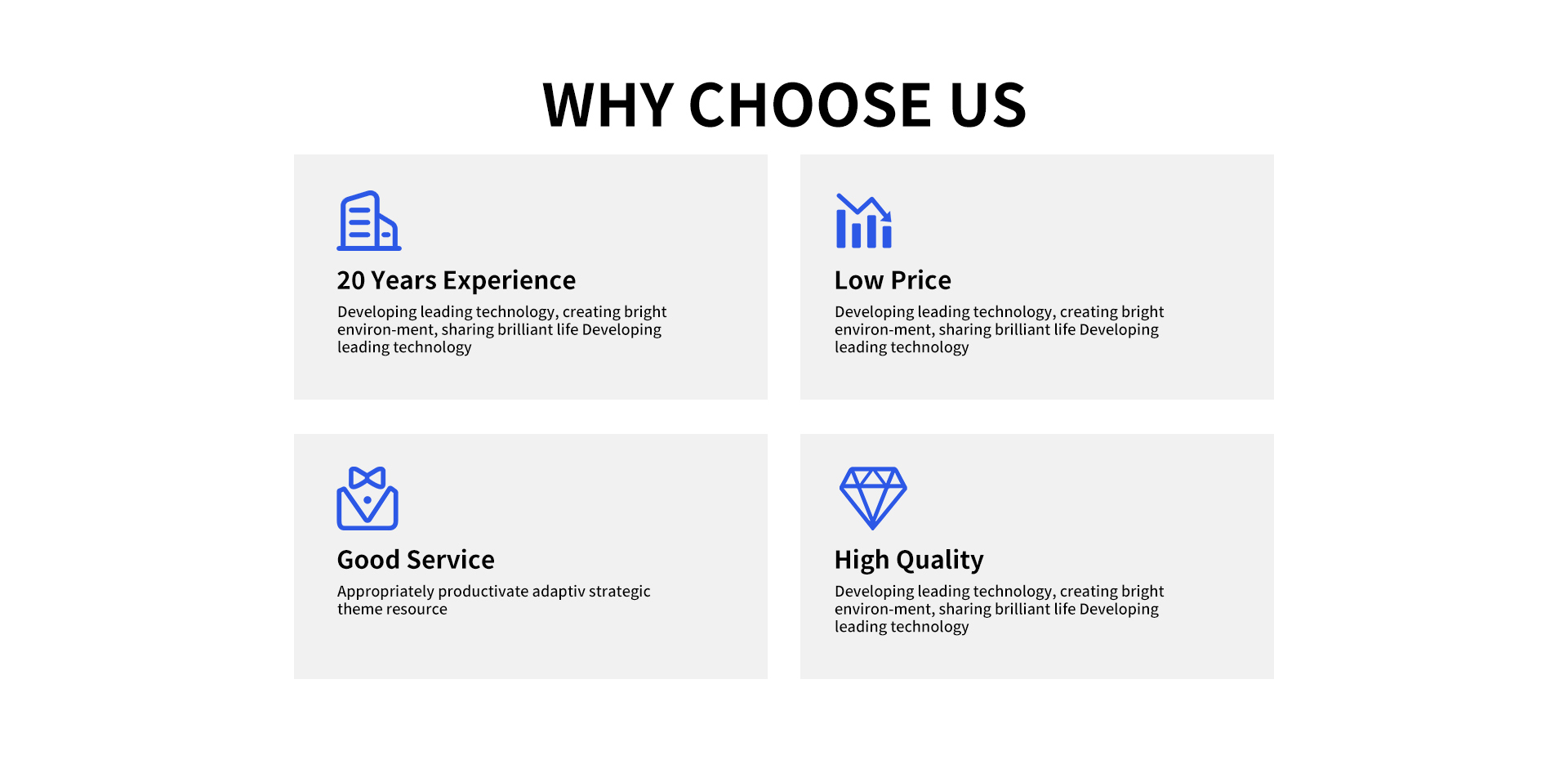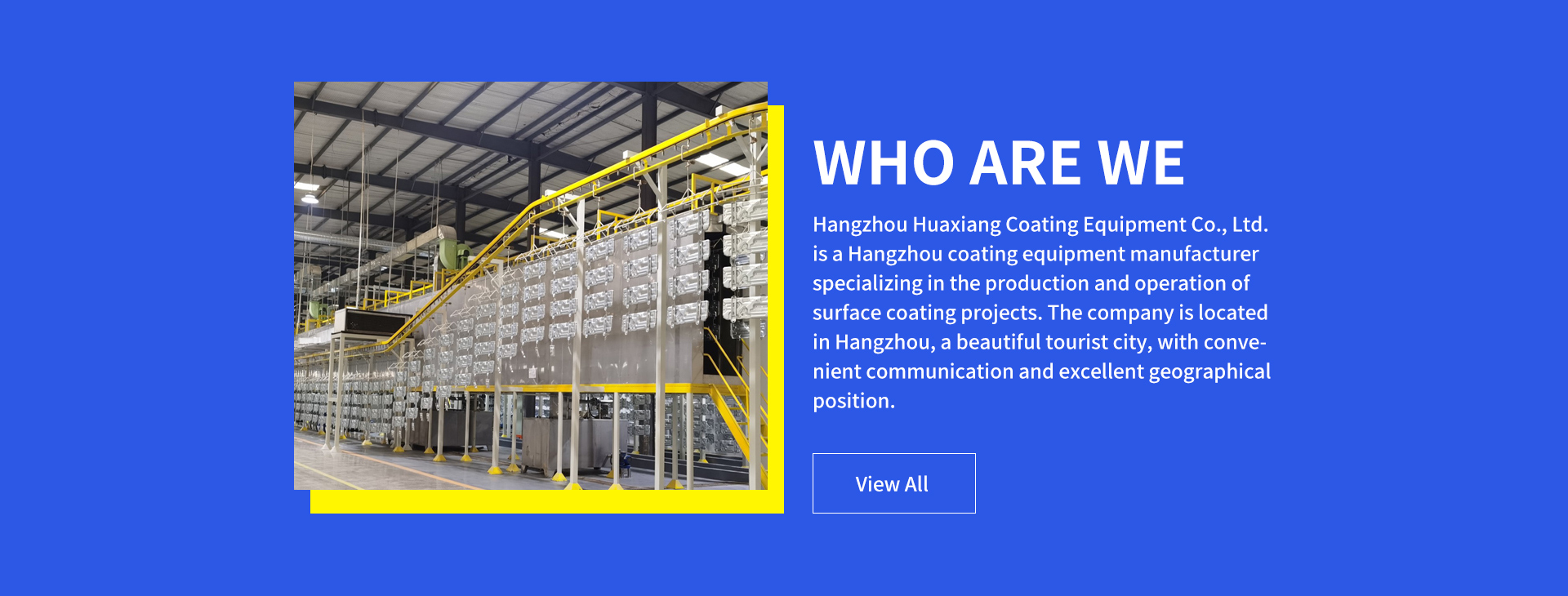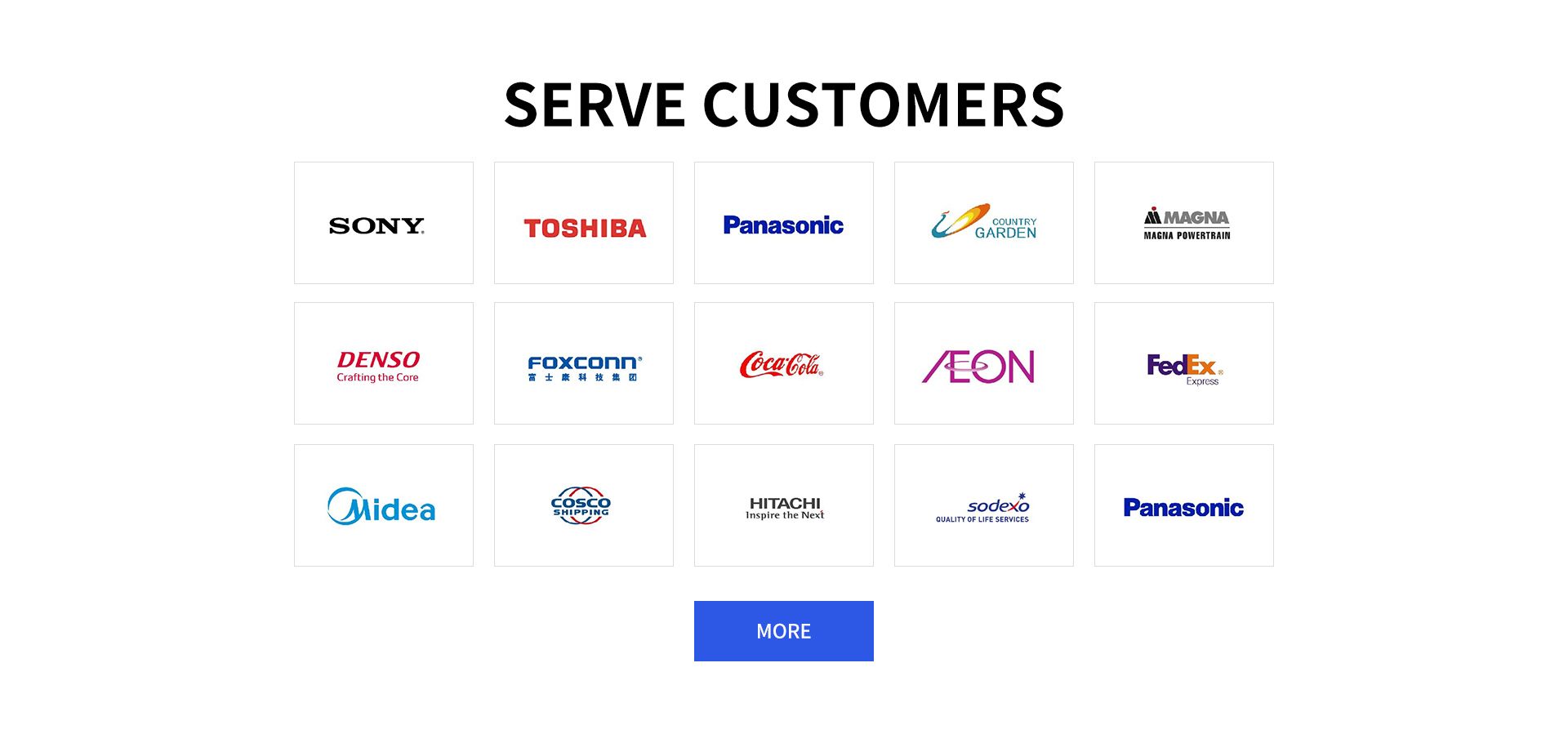1. Powder Coat Line Components and Design
A Powder Coat Line is an integrated system for applying and curing powder coatings. Key components include a pre-treatment station (cleaning, phosphating), electrostatic spray booth, conveyor system, curing oven, and powder recovery unit. Advanced lines feature robotic arms for precision spraying, PLC controls for automation, and IoT sensors for real-time monitoring. Modular designs allow customization for high-volume production or specialized coatings.

2. Applications of Powder Coat Lines
These Powder Coat Lines are essential in automotive manufacturing (car bodies, wheels), aerospace (aircraft components), and construction (steel beams). They coat appliances, furniture, and consumer electronics, offering UV-resistant, corrosion-proof finishes. Industries like renewable energy (solar panel frames) and medical devices also benefit from their eco-friendly, zero-VOC process.
3. Powder Coat Line Price Ranges
Manual lines start at 50,000,semi−automatedsystemsrangefrom150,000–500,000,andfullyautomatedlineswithroboticsexceed1 million. Costs depend on line length (20–100 meters), throughput (100–2,000 parts/day), and features like energy recovery or AI-driven quality checks.
4. Best Practices for Operating Powder Coat Lines
Surface Prep: Degrease and apply phosphate coatings for adhesion.
Spray Settings: Adjust voltage (60–100 kV) and airflow (0.5–1.5 bar) for uniform coverage.
Curing: Bake at 180–220°C for 10–25 minutes; monitor with IR sensors.
Maintenance: Clean filters weekly and inspect conveyor belts monthly.
5. How to Choose a Powder Coat Line
Production Scale: Batch systems for low volume; continuous lines for mass output.
Automation: Prioritize PLC-controlled systems with robotic integration for complex parts.
Energy Efficiency: Opt for lines with heat recovery ovens and variable-speed drives.
Certifications: Ensure compliance with CE, OSHA, and NFPA 33 standards.
6. Safety Measures for Powder Coat Lines
Ventilation: Install explosion-proof exhaust systems to minimize dust ignition risks.
Grounding: Maintain <1 ohm resistance across all conductive components.
PPE: Require NIOSH-approved respirators, anti-static clothing, and safety goggles.
Emergency Stops: Equip lines with accessible emergency shutdown buttons.
7. Design Efficiency of Powder Coat Lines
Modern designs reduce energy use by 25–40% through recirculated airflow and heat exchangers. Modular conveyor systems allow easy reconfiguration for different part sizes. IoT integration enables predictive maintenance, reducing downtime by 30%. Stainless steel construction ensures corrosion resistance in harsh environments.
8. FAQs on Powder Coat Lines
Q: What is the typical lifespan of a powder coat line?
A: With proper maintenance, conveyor lines last 10–15 years; replace wear parts like belts every 3–5 years.
Q: Can coating lines handle irregularly shaped parts?
A: Yes, adjustable fixtures and 6-axis robots ensure uniform coating on complex geometries.
Q: How to reduce powder waste in coating lines?
A: Use high-efficiency recovery units (95%+ reclaim) and optimize gun-to-part distance.
Q: Are powder coat lines eco-friendly?
A: Zero VOC emissions and closed-loop recycling align with EPA and REACH standards.
Q: What industries benefit most from powder coat lines?
A: Automotive, aerospace, and appliance sectors requiring high-speed, high-quality coatings.
Disclaimer: Enhance your coating process with advanced electrostatic powder coating machines, precision powder coating spray guns, comprehensive powder coating systems, and efficient powder coating lines from Hangzhou Huaxiang Coating Equipment Co., Ltd. Designed for reliability and high-quality finishes, our solutions meet all your industrial powder coating machine needs. Contact us at sale3@cncolourspray.com












